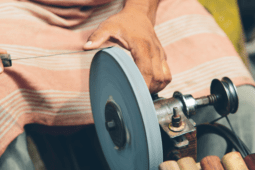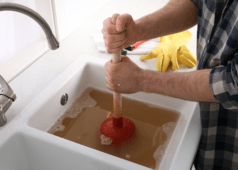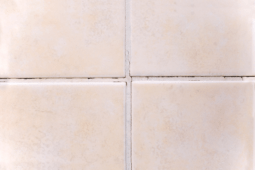How to Soften Leather [5 Most Effective Methods]
Leather is a durable, attractive material. But like any other material out there, it isn’t impervious to damage. Over time, it can become stiff and dry if not stored properly. If that happens, it can lose its original look and even become prone to cracking.
Thankfully, there are a few ways in which you can soften leather. Whether it be through coconut oil, mink oil, a conditioner, or even an alcohol/Vaseline mix, you can make your favorite leather item soft and supple once again.
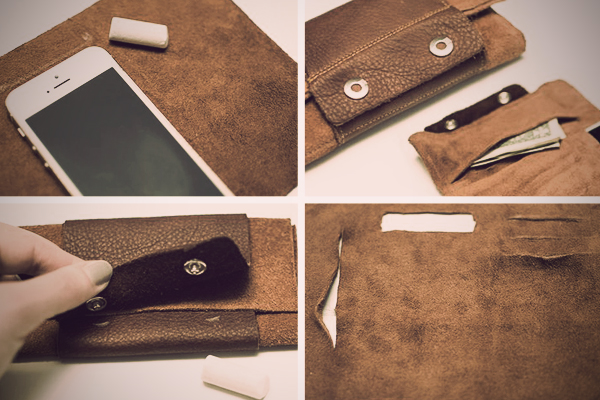
What Makes Leather Stiff?
Before worrying about softening a leather item in your possession, it helps to know what leads to that stiffness. Hands down the most common reason for stiff leather is due to improper storage. Leather needs to be maintained in cool, dry places.
When the air gets to be too humid or the moisture content in the area is too high, leather is more prone to become stiff. Keeping your leather items in temperature and humidity-controlled areas can help keep the leather supple and pliable.
Best Ways To Soften Leather
The good news is that your favorite leather item may not be at the end of the road. Take an assessment of the condition of the leather. If it is so stiff that it has begun cracking or has cracked throughout, you may not be able to salvage it.
But if your leather item, let’s say a coat, is just stuff and a little dry, you can work some magic in any number of ways. You may have to give it a few days to see the full impact but should be able to make that item smooth and flexible again. If it has stains or markings, check out our guide on how to remove ink from leather before you begin.
Mink Oil
This is commonly used for just such an occasion. It is not uncommon to see mink oil used for boots, bags, jackets, and any number of leather accessories. This method takes a little longer but the results are great.
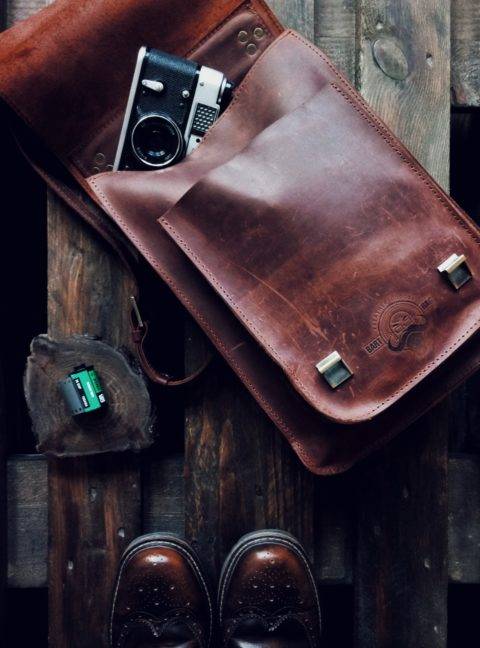
Start by saturating a rag with the oil. Thoroughly apply it to your leather garment or accessory. Follow manufacturer instructions, but you may have to apply as many as three layers before you are finished rubbing.
Make sure that you rub the oil into all of the areas of the leather. Use circular motions as you do so for even distribution. Make sure that you give mink oil a couple of days, three at most, to fully absorb into the leather. The difference will be noticeable.
Coconut Oil
The trick for this one is to ensure that there is some heat to the leather item before applying the oil to it. You can either let it sit out in the sun for 10 minutes or so or even use a hairdryer to get the surface nice and warm.
From there, you will need a spoonful of coconut oil. Spread the coconut oil around, rubbing it into the surface of the leather item. Make sure that you get total coverage, rubbing in even circular motions as you go.
It is important to keep in mind that using coconut oil will darken the shade of the leather. It depends on the condition of the leather and how heavy-handed you get with the coconut oil. But don’t be surprised if the shade gets a shade or two darker.
Conditioner
Maybe you don’t have one of these oils and are looking for an alternative. There are leather care conditioners out there that will work to soften the leather. These products are lanolin-based, safe for leather use.
If the surface of your item remains stiff after the first application, you can continue applying coats until it becomes softer. There are several commercial products out there that can help restore life to old, worn leather items.
Other Commercial Products
There are also a plethora of commercial products out there meant specifically for this task. For the most part, home remedies work fine to get the job done, but you sometimes have to break out the big guns to get the look you want.
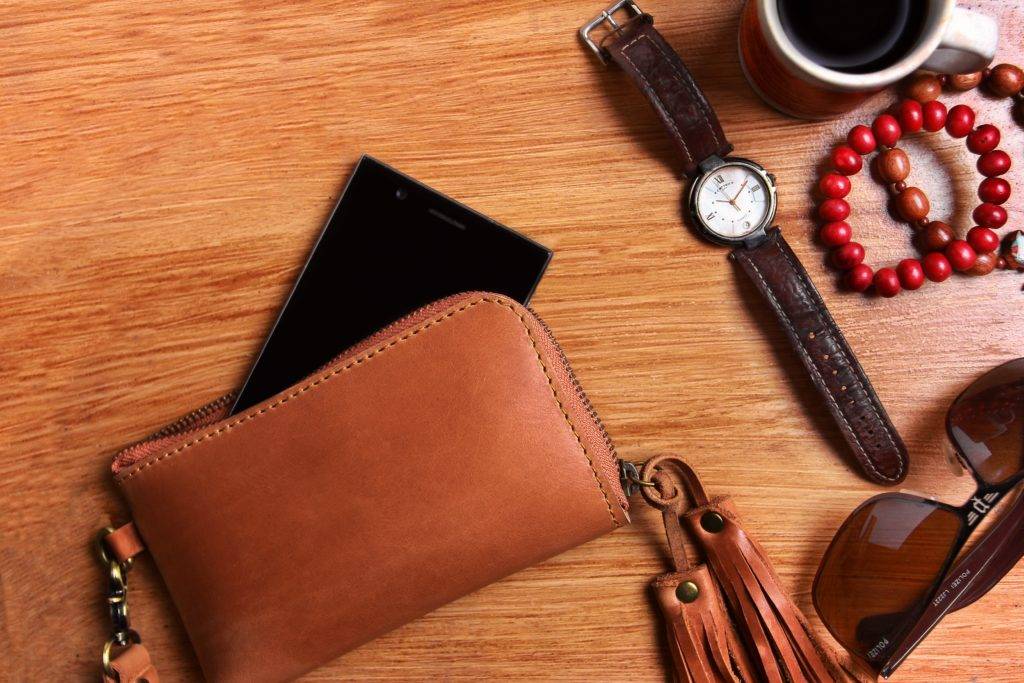
There are creams and waxes out there that can be applied to the leather. Most of these commercial products stay on the leather for at least a few minutes before being rubbed into the leather or wipe away completely.
It is important to check the commercial product you are using first. Some products for leather softening are not ideal for chairs and couches. The last thing you want to do is use it on your furniture only to find that it is now discolored.
Alcohol & Vaseline
Maybe you don’t have any of these oils on hand. You don’t have a leather care conditioner either. So, what can you do to give new life to that old, stiff leather item that you have been wanting to show some love to?
Try adding a generous portion of rubbing alcohol to a fairly large cotton pad. Dab the pad over the entirety of the leather surface until it starts to show some shine to it. Just make sure that you get as even a shine as you can.
Finally, apply some Vaseline to the surface of the leather. If you feel like the leather is capable of absorbing more, add another layer or two. Let it dry overnight so the alcohol and Vaseline can work into the leather, softening it up.
Softening New, Hard Leather without Products
Perhaps you have a new leather item that is a bit harder than you’d prefer. The good news is that you can make the leather softer without having to break them in. The bad news is that most of the solutions are temporary in nature.
The simple fact is that it takes time to fully break in a new leather item. You can use conditioners over time to soften them. You can also use a tumble dry as well. The heat helps the leather soften, though the results will be temporary at first.
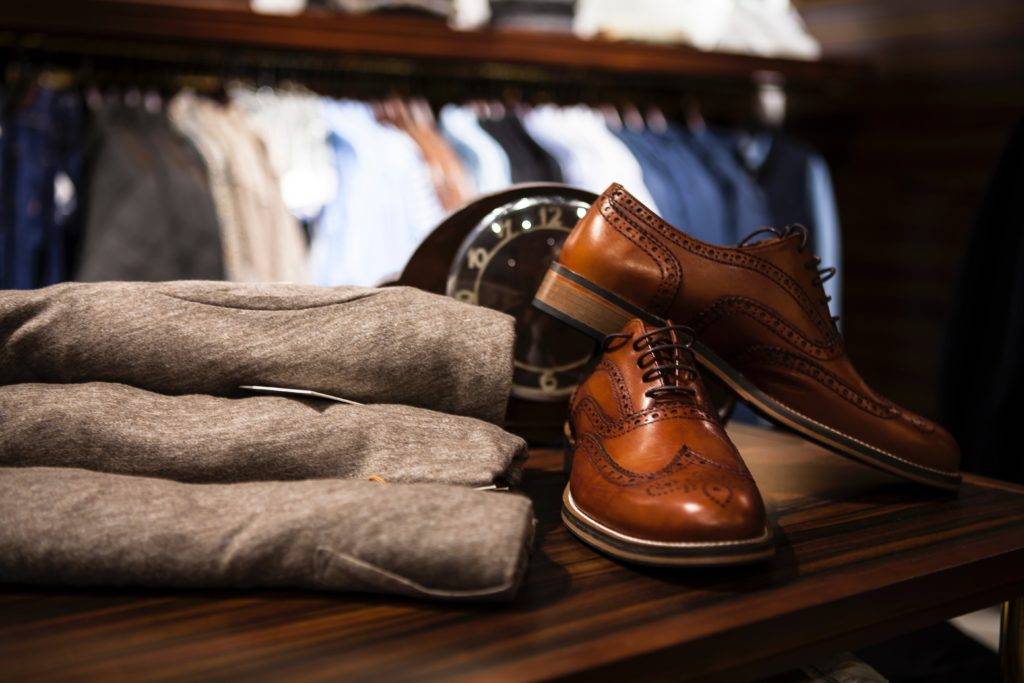
How to Tumble Dry Leather Clothing
The key to an effective tumble cycle is to ensure that you are using the proper timing and heat levels. You don’t want to simply throw your leather clothing into the dryer and max out the heat. Here’s how you do it.
Medium heat. Make sure that you use medium heat if you plan to tumble dry your leather clothing. Anything below or above that setting can potentially impact both the leather and the dryer in a negative manner.
Set the timer. Now it’s time to set your timer. Typically, you don’t want to do any more than 10 or15 minutes at the most. If you keep it in the dryer longer than is recommended, you can actually damage the structure of the leather.
Conditioner. Another important thing to consider is that you never want to throw wet leather into the dryer. You should also apply your leather conditioner or mink oil after taking it out of the dryer. This combination should adequately soften the leather to your liking.
How to Choose a Proper Leather Conditioner
When homemade solutions do not work, you may find better success going with a commercial leather conditioner instead. The biggest issue is finding a leather conditioner that will work best for your desired application.
The key ingredient in most creams or conditioners is lanolin. Some would advise against using spray conditioners as some are not only made from cheaper oils but are also cut with water to keep production costs down.
You can try to prepare your own mixture with natural beeswax and some other natural oils. Make sure that you check out the appropriate “how-to” lists for how to make your own.
General Tips for Keeping Leather from Becoming Stiff
There are more than a few helpful hints when it comes to keeping your leather from becoming stiff to begin with. All it takes is a little common sense and best practices to keep your leather soft and supple for a long time to come.
Quality is important. Start by not going for lower-quality leather products and garments. Make sure to go with a higher-quality leather that will be easier to tend to and won’t wear or dry out quite as fast as those lesser-quality leathers.
Limit sun exposure. A good rule of thumb for anything that is not a plant is to limit exposure to the sun. Leather that is exposed to ultraviolet rays for an extended period of time not only dries out but can fade and possibly crack. Make sure to properly store footwear and clothing when not in use.
Dry naturally. While you can use your tumble dry cycle to soften your leather item, it is not advised. When possible, allow leather to dry at room temperature or outside but sheltered from sunlight.
Regular maintenance. A little bit of olive oil, mink oil, or conditioner will go a long way towards keeping the leather soft and pliable.
Follow labels and tags. One of the best ways to keep garments and other leather products in the best of conditions is to follow the manufacturer tag. Follow those directions (and add in some maintenance) to improve softness and pliability, giving your leather items the longest life possible.




